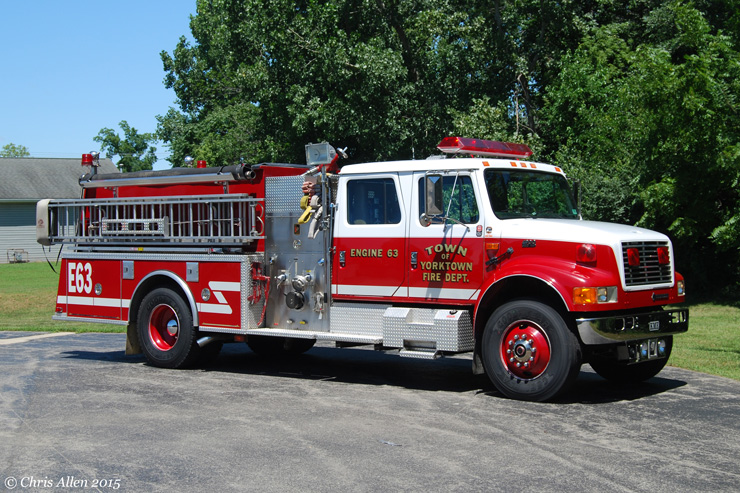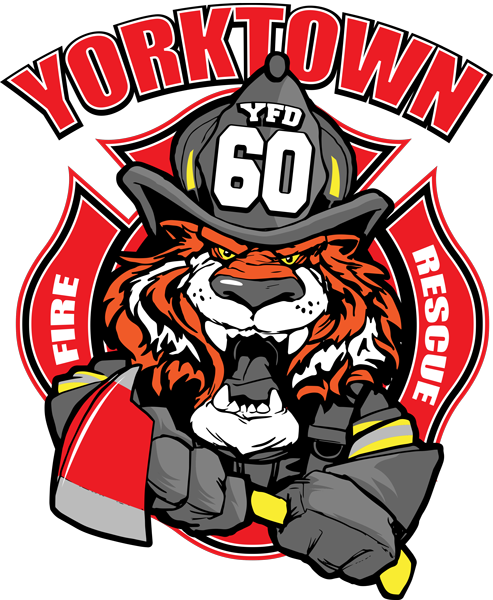Yorktown Fire Department Operations
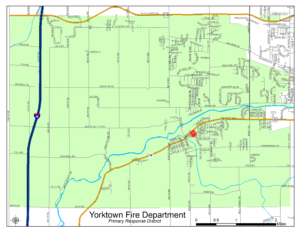 Yorktown’s Fire Department has been proudly serving residents in and around Yorktown, Indiana since 1913. We are an all volunteer department with approximately 30 members that covers 30 square miles and approximately 11,000 residents. While initially being launched as a strictly firefighting service, the department also features specialized technical services:
Yorktown’s Fire Department has been proudly serving residents in and around Yorktown, Indiana since 1913. We are an all volunteer department with approximately 30 members that covers 30 square miles and approximately 11,000 residents. While initially being launched as a strictly firefighting service, the department also features specialized technical services:
Emergency Medical Situations // Water Rescues // Structural Collapses // Rope Rescues // Trench Collapses // Confined Space Emergencies // Hazardous Materials // Vehicle Accidents // Investigations // Inspections // Public Education/Awareness Events // Provides Smoke Detectors and Installation // Welfare Checks // and more
Yorktown's Apparatus

Chevrolet Trailblazer (2006)
(“Car 60”) – Car 60 carries a full complement of BLS medical equipment and rotates among the senior officers on a monthly basis. (Photo courtesy of Indiana Fire Trucks )
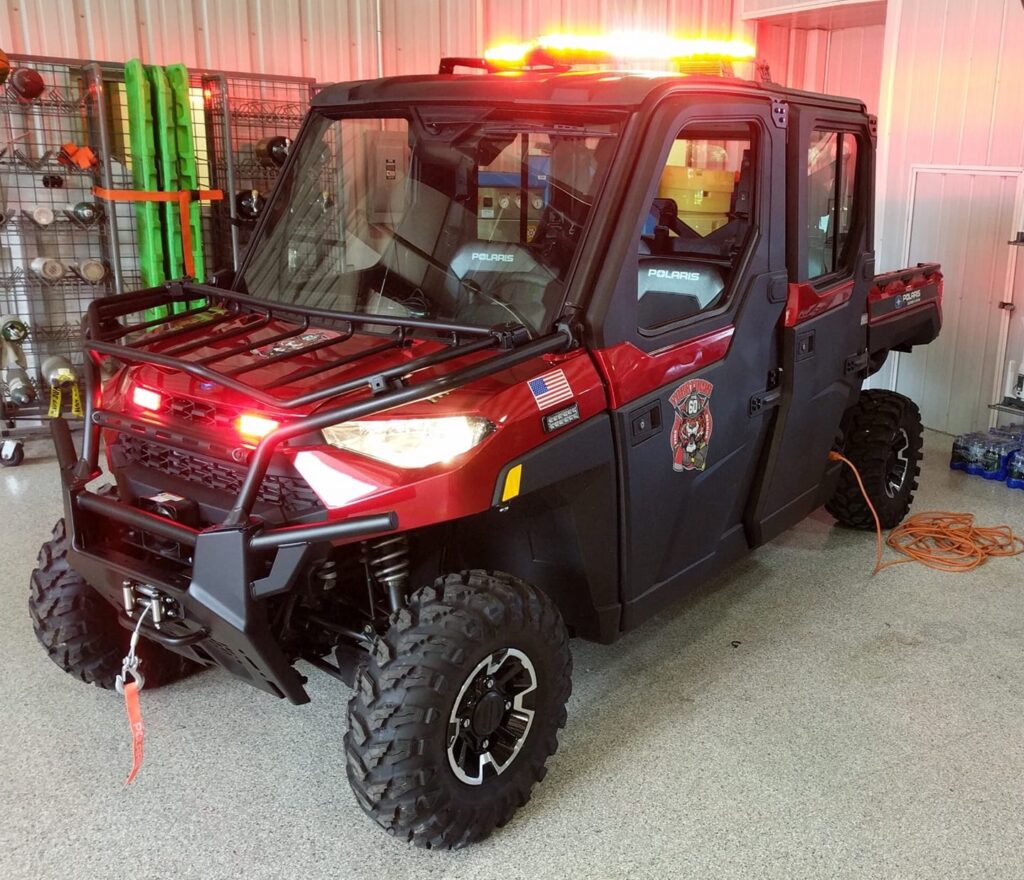
Polaris (2019)
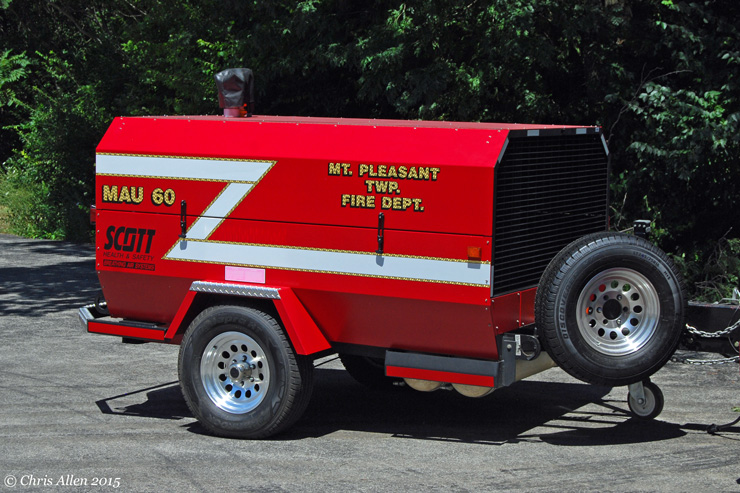
Mobile Air Unit/trailer (2008)
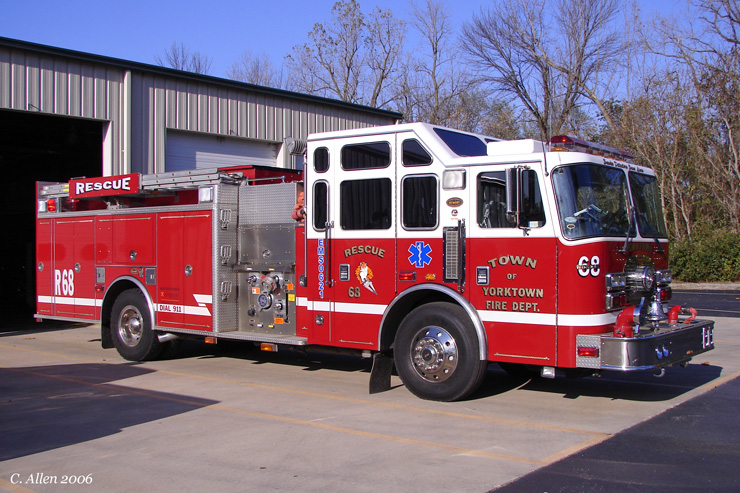
KME Excel 500 gallon rescue/engine (2000)

Ford F550/Stahl 225 gallon brush/medical rig (2004)

International/KME 3,000 gallon tanker (1996)
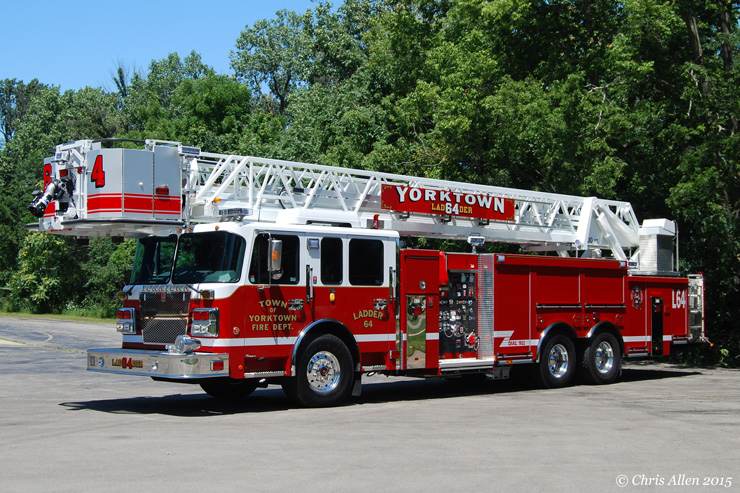
Smeal/Spartan 400 gallon/100’ foot platform (2015)

Ford F550/Stahl 225 gallon brush/medical rig (2004)
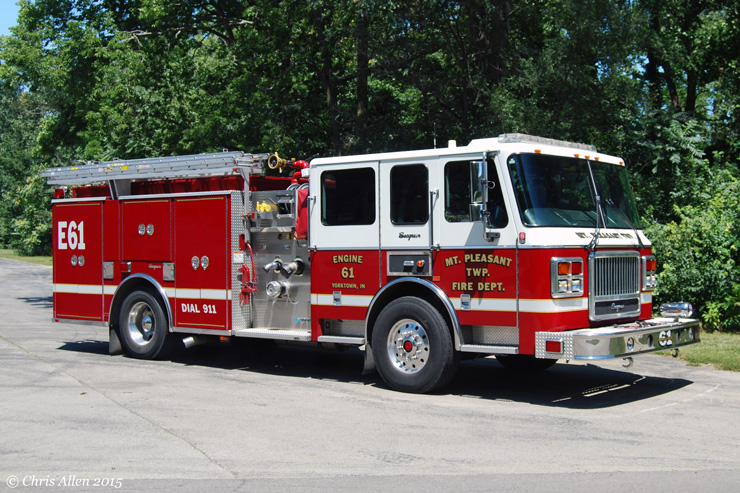
Seagrave 750 gallon engine (2006)
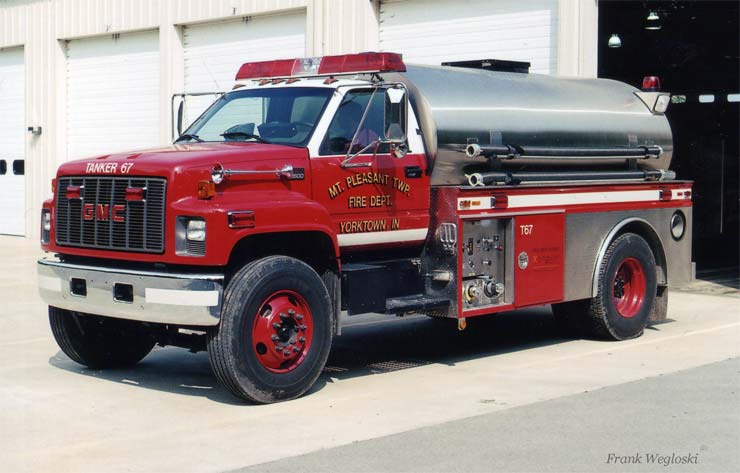
GMC/S&S 2,100 gallon tanker (2000)
